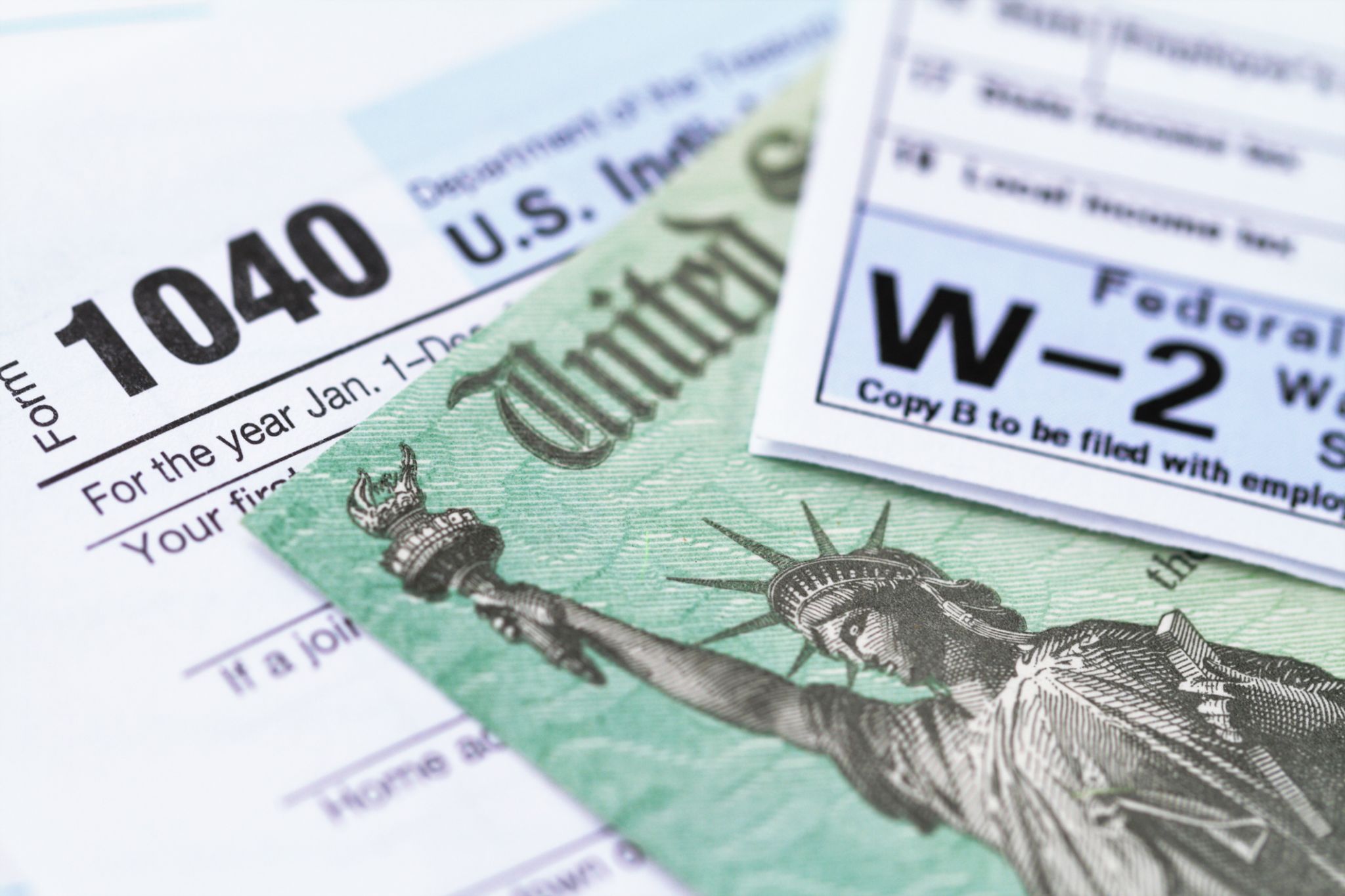How Remote Electronic Notarization Works: A Step-by-Step Guide
RJ
Introduction to Remote Electronic Notarization
In the digital age, the need for efficient and secure ways to handle legal documents has become paramount. Remote electronic notarization (REN) is an innovative solution that allows individuals to have documents notarized without the need to be physically present. This modern approach not only saves time but also provides enhanced security and convenience.
Remote electronic notarization is transforming the way we handle important paperwork, offering a seamless and accessible alternative to traditional methods. In this guide, we will walk you through the step-by-step process of how REN works, ensuring you have a comprehensive understanding of its benefits and procedures.

Understanding Remote Electronic Notarization
What is Remote Electronic Notarization?
Remote electronic notarization is a process that allows a notary public to notarize documents online using audio-visual technology. This eliminates the need for in-person meetings and enables individuals to complete their transactions remotely. By leveraging secure digital platforms, REN provides a legal and efficient way to authenticate documents.
The Legal Framework
The legality of remote electronic notarization varies by state and country, as different jurisdictions have distinct regulations. It is crucial to ensure that REN is permissible in your area before proceeding. Generally, the process adheres to strict guidelines to maintain the integrity and security of the notarization.

Step-by-Step Guide to Remote Electronic Notarization
1. Choosing a Platform
The first step in remote electronic notarization is selecting a reputable online platform that offers REN services. Many platforms provide secure environments for notarizing documents, so it's important to choose one that complies with local laws and has positive user reviews.
2. Preparing Your Documents
Once you have chosen a platform, prepare your documents for upload. Ensure that they are complete and do not contain any errors. Most platforms support various file formats such as PDF or Word documents, making it easy to upload your files.

3. Verifying Your Identity
Identity verification is a critical component of remote electronic notarization. The platform will guide you through an identity authentication process, which typically involves uploading a government-issued ID and answering security questions. This step ensures that the notary can confirm your identity remotely.
4. Scheduling and Attending the Notarization Session
After verifying your identity, schedule a notarization session with a licensed notary. During the session, you will connect with the notary via video conferencing. The notary will review your documents, confirm your identity once more, and witness your digital signature.

Finalizing and Receiving Your Notarized Documents
Upon completion of the video conference, the notary will apply their electronic seal and signature to your documents. You will then receive the finalized notarized documents via email or through the platform's secure portal. These documents are legally binding and can be used in any required capacity.
Remote electronic notarization is revolutionizing traditional processes by providing a fast, secure, and convenient method for notarizing important documents. As technology continues to advance, REN will likely become even more integral to personal and professional transactions.
